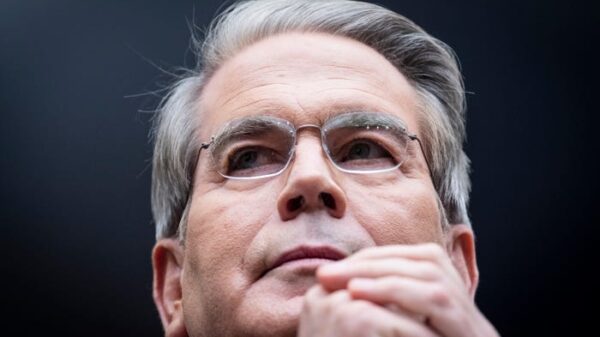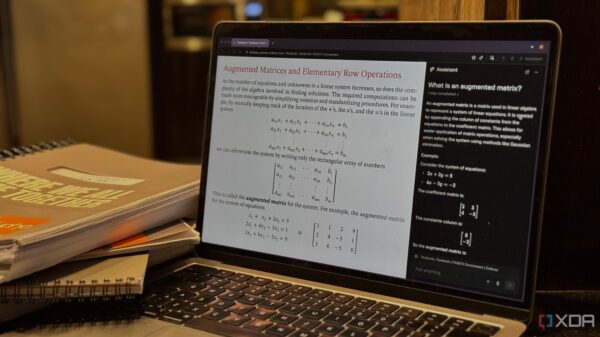The latest inflation data released this week provides an important update on the economic landscape in the United States. According to the Bureau of Labor Statistics, inflation levels have not been significantly affected by the trade tariffs implemented by President Donald Trump. While the immediate impact of these tariffs appears limited, there are indications that price pressures may be building across various sectors of the U.S. economy.
Economists and market analysts are observing the situation closely, noting that the effects of the current administration’s trade policies might become more pronounced in the coming months. The primary discussion revolves around whether these trade measures will result in one-time price adjustments or contribute to persistent inflation over time.
Current Inflation Trends
The latest report from the Bureau of Labor Statistics indicates that the Consumer Price Index (CPI) for July 2023 remained stable, with only a modest increase of 0.2% compared to the previous month. Year-over-year, inflation sits at 4.2%, a slight decrease from 4.4% in June. While this suggests some stabilization, rising costs in key areas such as housing and food remain a concern.
Analysts suggest that the trade tariffs could lead to increased consumer prices in the long run, particularly if producers pass on higher costs associated with imported goods. The extent of this potential price rise will be a focal point for economic discussions moving forward.
Trade Policies and Future Predictions
Market watchers are divided on the long-term implications of the current trade agenda. Some believe that the tariffs may lead to a temporary spike in prices but will not result in sustained inflation. Others caution that ongoing trade tensions could disrupt supply chains and ultimately contribute to higher costs for consumers.
As the Federal Reserve continues to monitor inflation trends, it faces the challenge of balancing interest rates to encourage economic growth while keeping inflation in check. The central bank’s next moves will be closely watched, particularly in light of the upcoming economic forecasts and potential adjustments to monetary policy.
In summary, while the immediate data indicates a level of stability in inflation levels, the potential for price increases driven by trade policies remains a significant concern for both consumers and policymakers. The coming months will likely reveal more about the impact of these tariffs on the broader economy.






































































